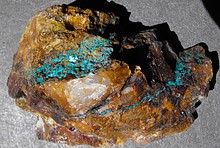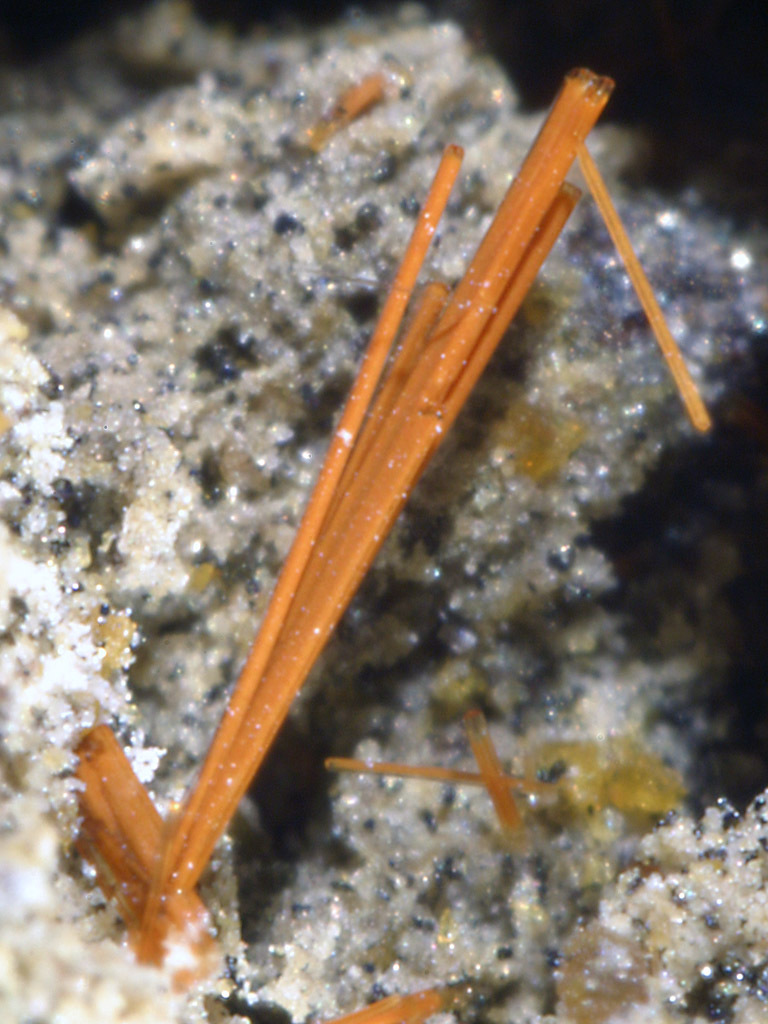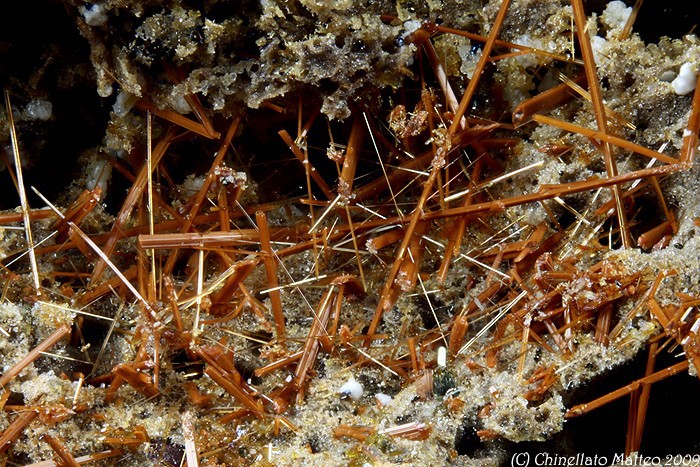Learning CenterWhat is a mineral?The most common minerals on earthInformation for EducatorsMindat ArticlesThe ElementsThe Rock H. Currier Digital LibraryGeologic Time
搜索矿物的性质搜索矿物的化学Advanced Locality Search随意显示任何一 种矿物Random Locality使用minID搜索邻近产地Search Articles搜索词汇表更多搜索选项
╳Discussions
💬 Home🔎 Search📅 LatestGroups
EducationOpen discussion area.Fakes & FraudsOpen discussion area.Field CollectingOpen discussion area.FossilsOpen discussion area.Gems and GemologyOpen discussion area.GeneralOpen discussion area.How to ContributeOpen discussion area.Identity HelpOpen discussion area.Improving Mindat.orgOpen discussion area.LocalitiesOpen discussion area.Lost and Stolen SpecimensOpen discussion area.MarketplaceOpen discussion area.MeteoritesOpen discussion area.Mindat ProductsOpen discussion area.Mineral ExchangesOpen discussion area.Mineral PhotographyOpen discussion area.Mineral ShowsOpen discussion area.Mineralogical ClassificationOpen discussion area.Mineralogy CourseOpen discussion area.MineralsOpen discussion area.Minerals and MuseumsOpen discussion area.PhotosOpen discussion area.Techniques for CollectorsOpen discussion area.The Rock H. Currier Digital LibraryOpen discussion area.UV MineralsOpen discussion area.Recent Images in Discussions
Improving Mindat.orgMagnesiohornblende, Eifel Germany
30th Nov 2010 18:07 UTCOlav Revheim Manager
.
in the magnesiohornblende should probably be moved to the amphibole group gallery.
Same probably goes with:
also labeled magnesiohornblende, but from Monte Somma/Vesuvius in Italy
Olav
30th Nov 2010 20:22 UTCChristof Schäfer Manager
We can do that. For me it is/was more interesting to show, how the “misidentified magnesiohornblende looks like.
Christof
30th Nov 2010 21:38 UTCJeff Weissman Expert
Also, there are some identical appearing images of orange prismatic crystals under 'kaersutite' - http://www.mindat.org/gallery.php?min=2129&loc=13795 - one of these has been confirmed , could these "magnesiohornblendes" all be kaersutite? or what is the difference?
thanks
1st Dec 2010 17:46 UTCChristof Schäfer Manager
with less exceptions (Obertiite, rock-forming amphiboles in mantle xenoliths) one cannot find any information about the composition of amphiboles from the Eifel area.
The naming convention, to call the black amphiboles from the Eifel "Ferrohornblende" and the orange-red ones "Magnesiohornblende", has developed between mineral collectors because they "want" individual names for minerals differing in their appearance. As far as I know the literature, till now there is no analytical data published referring to these black and orange-red amphiboles and we have no reference in literature for Magnesiohornblende and Ferrohornblende respectively.
Because of that during the last years various collectors started to get their material probed.
Regarding my samples (red and black ones in the scoria from different localities) the black amphibole turned out to be Kaersutite. The orange-red amphibole has a smaller content of Titanium and is in composition close to the join Kaersutite / (Fluoro)-Magnesiohastingsite.
This information was added to the locality lists.
Christof
1st Dec 2010 18:56 UTCJeff Weissman Expert
1st Dec 2010 19:28 UTCChristof Schäfer Manager
1st Dec 2010 20:31 UTCJeff Weissman Expert
4th Dec 2010 16:55 UTCUwe Kolitsch Manager
4th Dec 2010 17:03 UTCUwe Kolitsch Manager
4th Dec 2010 17:07 UTCUwe Kolitsch Manager
"Note: most kaersutites from the Eifel area (Germany) are probably not reliably identified (i.e., the identification was not based on quantitative chemical analyses and additional diffraction and spectroscopic analyses)."
4th Dec 2010 23:42 UTCChristof Schäfer Manager
1. yes, but only quantitative chemical analyses
2. do you have new news regarding these amphiboles ?
some time ago you wrote: “Günter Blass, THE Eifel specialist, kindly asked me to write that these amphiboles are "definitely kaersutite" ".
5th Dec 2010 13:45 UTCUwe Kolitsch Manager
2. No. I am not aware of any published EMP analyses of the amphiboles in voids. SEM-EDS is not enough for a correct ID, even with modern machines and software.
5th Dec 2010 16:01 UTCChristof Schäfer Manager
but they are still not published.
I have removed all my entries with unpublished references.
Hope this will help to avoid further misunderstandings.

10th Dec 2010 00:22 UTCEmil Box
Andernach, Germany.
Powder XRD (thanks Thomas Felkel, Currenta, Leverkusen) corresponds with the calculated d-lines from kaersutite at
'mineralienatlas.de'.
ESD (non standardised) also corresponds the best with kaersutite: Na/K=2/ 1; Mg/Fe=8/ 1;Al/Si=1/ 3
Some measered peakheights diverges, without ZAF-correction: (Na,K)/Ca=1.1/ 2; (Mg,Fe)/Ca=4.4/ 2; Ti/Ca=0.8/ 2;
(Si,Al)/Ca=12/ 1
But as non specialist I've heard the low energy-peaks are higher, that would explain the deviation.
Greetings
Milo
10th Dec 2010 14:17 UTCUwe Kolitsch Manager
26th Feb 2013 07:34 UTCOlav Revheim Manager
:)-D
Olav
18th May 2020 09:03 UTCOlav Revheim Manager
Thanks
Olav
18th May 2020 11:47 UTCChristof Schäfer Manager
borderline in composition: ferri-kaersutite / oxo-magnesio-hastingsite / magnesio-fluoro-hastingsite
you can find some data in:
The Crystal structure of a fluorine-dominant Titanium Calcium Amphibole from the Eifel ….
Aksenov, Chukanov, May 2016, Zeitschrift für Kristallographie 231(7),
18th May 2020 12:03 UTCOlav Revheim Manager
Christof Schäfer Manager ✉️
The Crystal structure of a fluorine-dominant Titanium Calcium Amphibole from the Eifel Thanks Christof!
Olav
版权所有© mindat.org1993年至2024年,除了规定的地方。 Mindat.org全赖于全球数千个以上成员和支持者们的参与。
隐私政策 - 条款和条款细则 - 联络我们 - Report a bug/vulnerability Current server date and time: 2024.4.19 22:29:34
隐私政策 - 条款和条款细则 - 联络我们 - Report a bug/vulnerability Current server date and time: 2024.4.19 22:29:34



















Nickenicher Sattel, Nickenich, Pellenz, Mayen-Koblenz, Rhineland-Palatinate, Germany